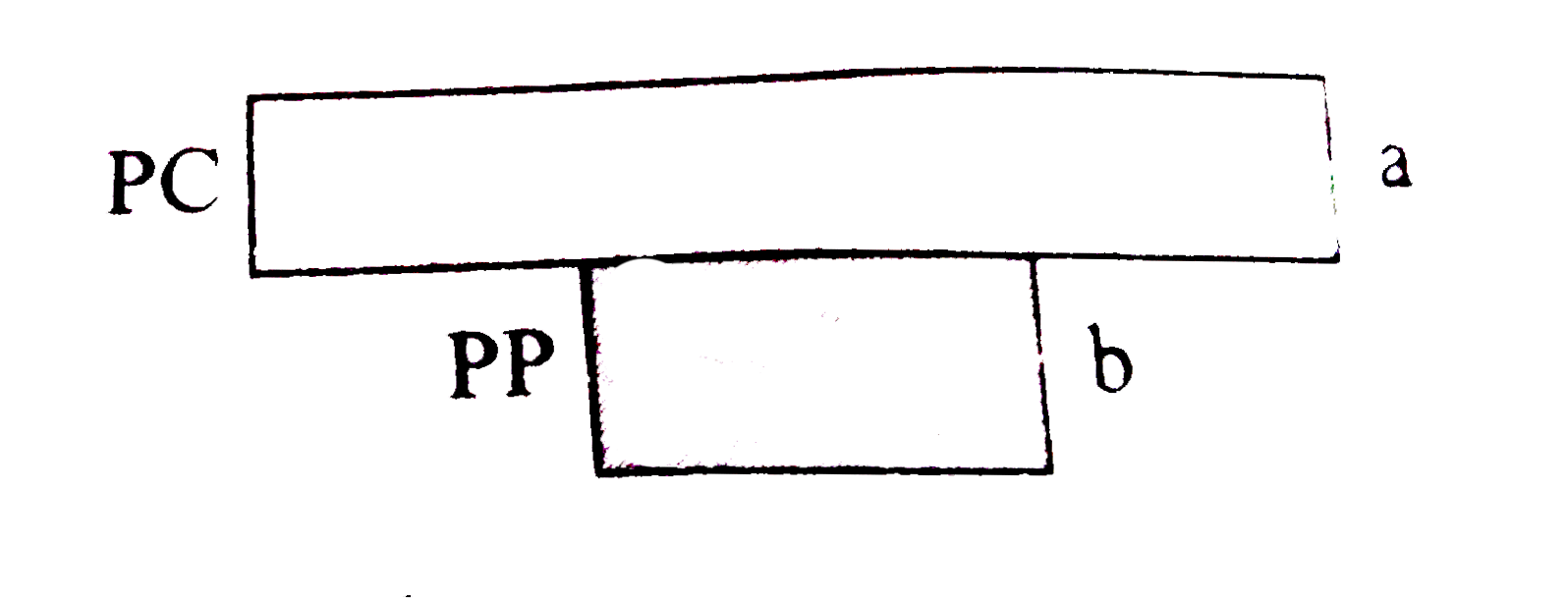Name different strata in an aquatic ecosystem.
To answer the question about the different strata in an aquatic ecosystem, we can follow these steps:
1. Understanding Aquatic Ecosystems: Aquatic ecosystems can be divided into various layers or strata based on depth and light penetration. The stratification is important as it influences the types of organisms that can live in each layer.
2. Identifying Major Strata: In an aquatic ecosystem, particularly in lakes and ponds, there are three major strata:
- Littoral Zone: This is the shallow area near the shore where sunlight penetrates and supports a variety of plant life. It typically extends to about 6 meters deep.
- Sublittoral Zone: This zone is just below the littoral zone and extends to about 10 meters deep. It still receives some light, allowing for photosynthesis, but less than the littoral zone.
- Profundal Zone: This is the deeper layer of the aquatic ecosystem where light does not penetrate, making it unsuitable for photosynthesis. It lies below the sublittoral zone.
3. Combining Zones: The term Lymantic Zone refers to the combination of the littoral and sublittoral zones, encompassing the areas where light is available for photosynthesis.
Summary of Strata:
- Littoral Zone: Shallow, light-penetrated area near the shore (up to 6 meters).
- Sublittoral Zone: Slightly deeper area (up to 10 meters) that still receives some light.
- Profundal Zone: Deep, dark area where light does not reach, unsuitable for photosynthesis.
- Littoral Zone: This is the shallow area near the shore where sunlight penetrates and supports a variety of plant life. It typically extends to about 6 meters deep.
- Sublittoral Zone: This zone is just below the littoral zone and extends to about 10 meters deep. It still receives some light, allowing for photosynthesis, but less than the littoral zone.
- Profundal Zone: This is the deeper layer of the aquatic ecosystem where light does not penetrate, making it unsuitable for photosynthesis. It lies below the sublittoral zone.
- Littoral Zone: Shallow, light-penetrated area near the shore (up to 6 meters).
- Sublittoral Zone: Slightly deeper area (up to 10 meters) that still receives some light.
- Profundal Zone: Deep, dark area where light does not reach, unsuitable for photosynthesis.
Topper's Solved these Questions
- ECOSYSTEM BOOK - MODERN PUBLICATIONCHAPTER - ECOSYSTEM EXERCISE - PRACTICE PROBLEMS - ECOSYSTEM : CHARACTERISTICS OF ECOSYSTEM
20 Videos
- ECOSYSTEM BOOK - MODERN PUBLICATIONCHAPTER - ECOSYSTEM EXERCISE - PRACTICE PROBLEMS - CHARACTERISTICS OF ECOSYSTEM
14 Videos
- BIOTECHNOLOGY AND ITS APPLICATIONSBOOK - MODERN PUBLICATIONCHAPTER - BIOTECHNOLOGY AND ITS APPLICATIONSEXERCISE - CHAPTER PRACTICE TEST (SECTION - E)
2 Videos
- EVOLUTIONBOOK - MODERN PUBLICATIONCHAPTER - EVOLUTIONEXERCISE - CHAPTER PRACTICE TEST (SECTION-D)(CASE-BASED SHORT ANWER )(THREE MARK EACH)
2 Videos
Similar Questions
Knowledge Check
Pyramid of energy in an aquatic ecosystem is
Aalways uprightBalways invertedCbell - shapedDNone of the abovePrimary producers in an aquatic ecosystem are
APhytoplanktonBAlgaeCHigher plantsDAll of the aboveWho introduced a generalised model of Y shaped or 2 channel energy flow model applicable to both terrestrial and aquatic ecosystem
AH.T. odumBS.brownCA.G. tansleyDE.P. odum
Explain the difference between terrestrial eco system and aquatic ecosystem.
View SolutionEcosystem forest , Grassland , Estuaries , Pond Lake Wetland.
From the above given options how many can be categorised into terrestrial and aquatic ecosystem respectively ?
View SolutionRecognise the figure and find out the correct matching according to pyramids of biomass in an aquatic ecosystem .

View SolutionName an organism found as secondary carnivore in an aquatic ecosystem.
View SolutionAssertion: In the wake of Green Revolution, pesticides, herbicides and fungicides are being increasingly used.
Reason: Chemical fertilisers can be biomagnified in the terrestrial ecosystem and can cause eutrophication in aquatic ecosystems.
View Solution
